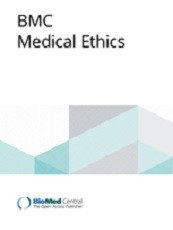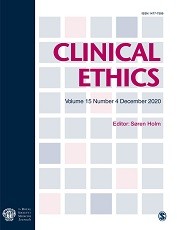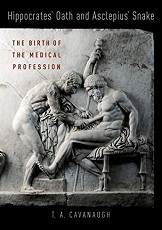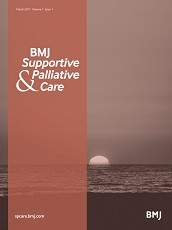Charles L Sprung, Margaret A Somerville, Lukas Radbruch, Nathalie Steiner Collet, Gunnar Duttge, Jefferson P Piva, Massimo Antonelli, Daniel P Sulmasy, Willem Lemmens, E Wesley Ely

Abstract
Medical professional societies have traditionally opposed physician-assisted suicide and euthanasia (PAS-E), but this opposition may be shifting. We present 5 reasons why physicians shouldn’t be involved in PAS-E.
1. Slippery slopes: There is evidence that safeguards in the Netherlands and Belgium are ineffective and violated, including administering lethal drugs without patient consent, absence of terminal illness, untreated psychiatric diagnoses, and nonreporting;
2. Lack of self-determination: Psychological and social motives characterize requests for PAS-E more than physical symptoms or rational choices; many requests disappear with improved symptom control and psychological support;
3. Inadequate palliative care: Better palliative care makes most patients physically comfortable. Many individuals requesting PAS-E don’t want to die but to escape their suffering. Adequate treatment for depression and pain decreases the desire for death;
4. Medical professionalism: PAS-E transgresses the inviolable rule that physicians heal and palliate suffering but never intentionally inflict death;
5. Differences between means and ends: Proeuthanasia advocates look to the ends (the patient’s death) and say the ends justify the means; opponents disagree and believe that killing patients to relieve suffering is different from allowing natural death and is not acceptable.
Conclusions: Physicians have a duty to eliminate pain and suffering, not the person with the pain and suffering. Solutions for suffering lie in improving palliative care and social conditions and addressing the reasons for PAS-E requests. They should not include changing medical practice to allow PAS-E.
Sprung CL, Somerville MA, Radbruch L, Collet NS, Duttge G, Piva JP et al. Physician-assisted suicide and euthanasia: Emerging issues from a global perspective. J Palliat Care. 2018;33(4):197-203.







